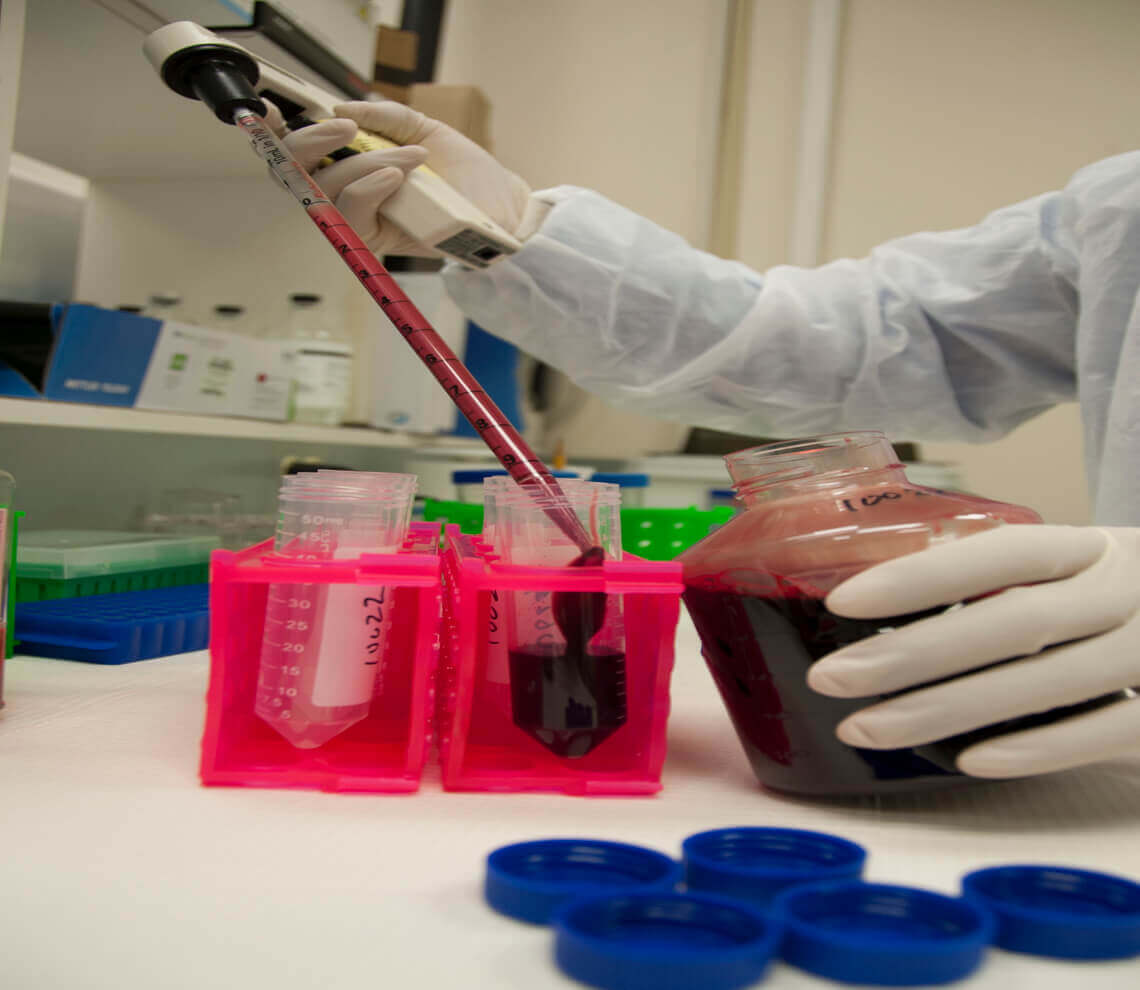- Our Suppliers
- MBS Monoclonals
- Mouse Anti-CytokeRatin 2e
Product short description
Price:
343 EUR
Size:
1 mililiter
Catalog no.:
GEN570085
Product detailed description
Concentration
N/A
Purification method
N/A
Immunoglobulin isotype
IgG1
Category
Antibodies
Clonality
Monoclonal
Clone
Ks2.342.7.1
Latin name
Mus musculus
Also known as
CytokeRatin 2e
Subcategory
Mnoclonal antibodies
Host organism
Mouse (Mus musculus)
Other gene names
N/A; KRT2; N/A; KRT2A; KRT2E; CK-2e; K2e
Gene name synonims
N/A; KRT2; N/A; KRT2A; KRT2E; CK-2e; K2e
Gene name
N/A; KRT2; N/A; KRT2A; KRT2E; CK-2e; K2e
Form/Appearance
Each vial contains 1 ml of culture supernatant of monclonal antibody containing 0.09% sodium azide.
Storage and shipping
Store the antibody at +4 degrees Celsius., or in small aliquots the antibody should be stored at -20 degrees Celsius..
Tested applications:
Immunohistochemistry (IHC) (frozen), Immunohistochemistry (IHC) (paraffin), Immunoprecipitation (IP), Western Blot (WB)
Description
This antibody needs to be stored at + 4°C in a fridge short term in a concentrated dilution. Freeze thaw will destroy a percentage in every cycle and should be avoided.
Other names
Cytokeratin-2e; Keratin, type II cytoskeletal 2 epidermal; N/A; N/A; Cytokeratin-2e; CK-2e; Epithelial keratin-2e; Keratin-2 epidermis; Keratin-2e; K2e; Type-II keratin Kb2
Species reactivity
Bovine, Human (Homo sapiens), Mouse (Mus musculus), Rat (Rattus norvegicus); Due to limited knowledge and inability for testing each and every species, the reactivity of the antibody may extend to other species which are not listed hereby.
Test
Mouse or mice from the Mus musculus species are used for production of mouse monoclonal antibodies or mabs and as research model for humans in your lab. Mouse are mature after 40 days for females and 55 days for males. The female mice are pregnant only 20 days and can give birth to 10 litters of 6-8 mice a year. Transgenic, knock-out, congenic and inbread strains are known for C57BL/6, A/J, BALB/c, SCID while the CD-1 is outbred as strain.
Specificity and cross-reactivity
Basic Human keRatin K2, also designated cytokeRatin 2e; reactive with epidermal cells in uppermost suprabasal layers; recognizes individual cells within epidermis of tongue and mamille (co-localization with keRatin K10); also reactive on hyperkeRatosis of diverse viral and genetic origin.; Since it is not possible to test each and every species our knowledge on the corss reactivity of the antibodies is limited. This particular antibody might cross react with speacies outside of the listed ones.
© Copyright 2016-Tech News . Design by: uiCookies

